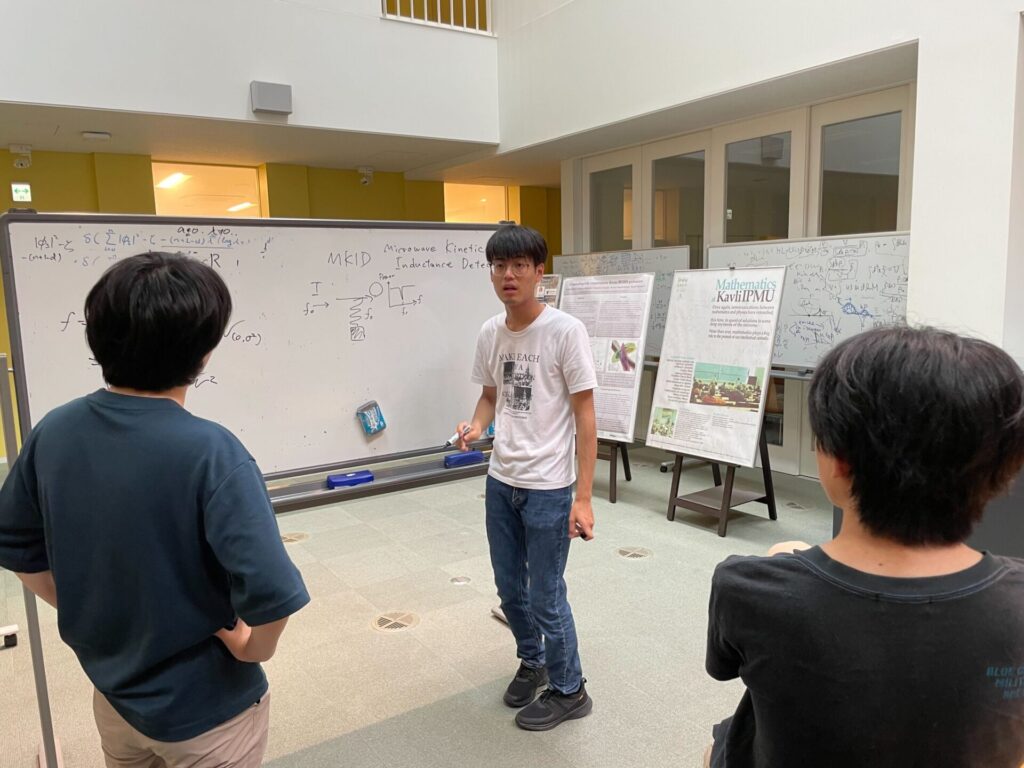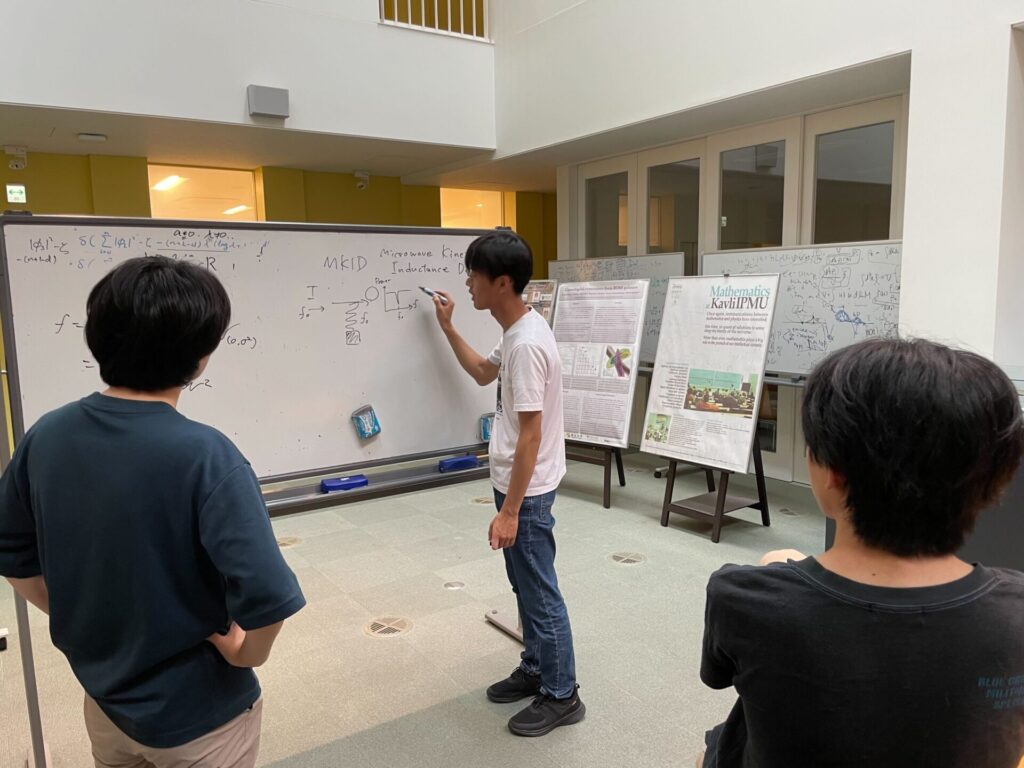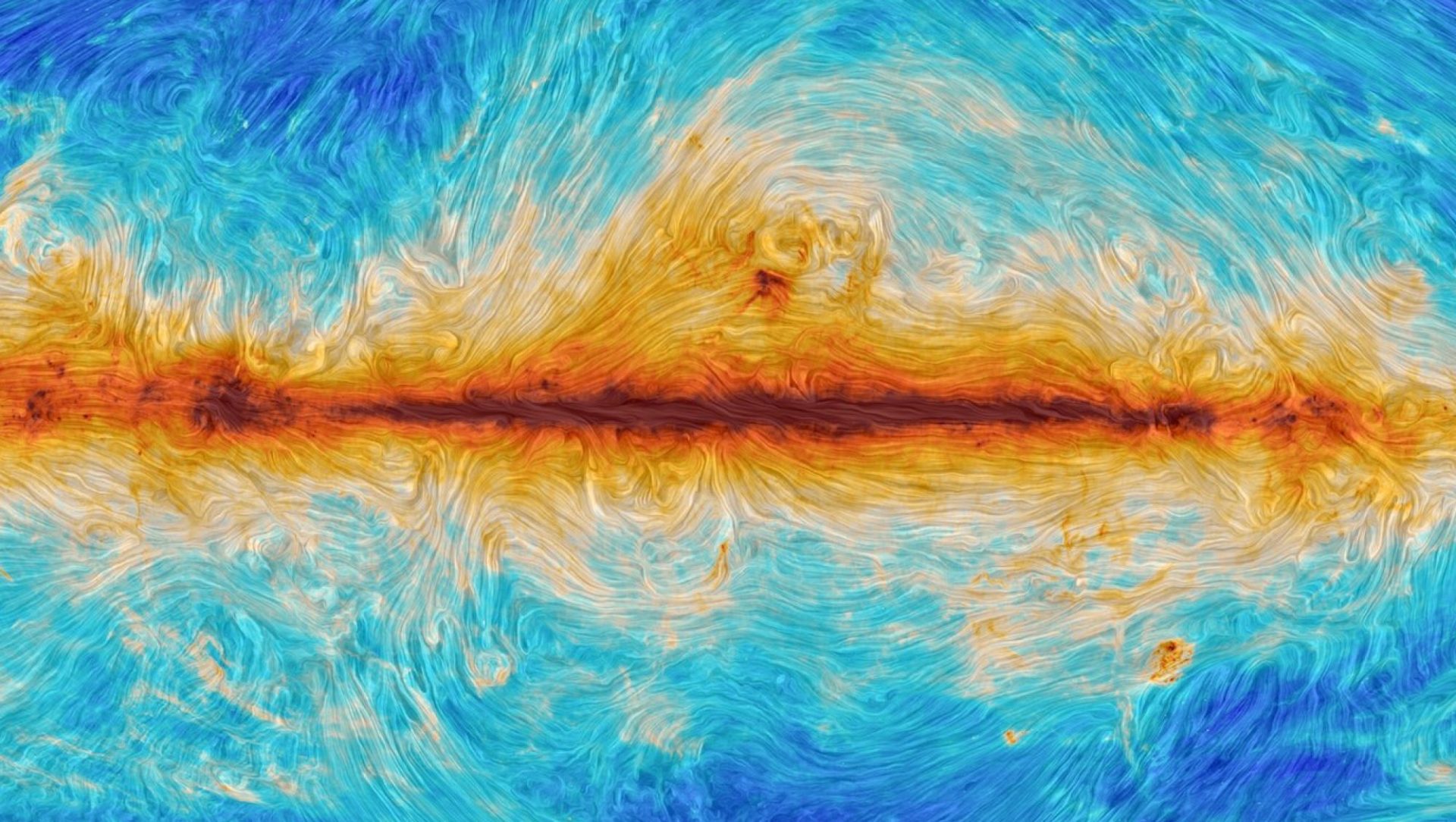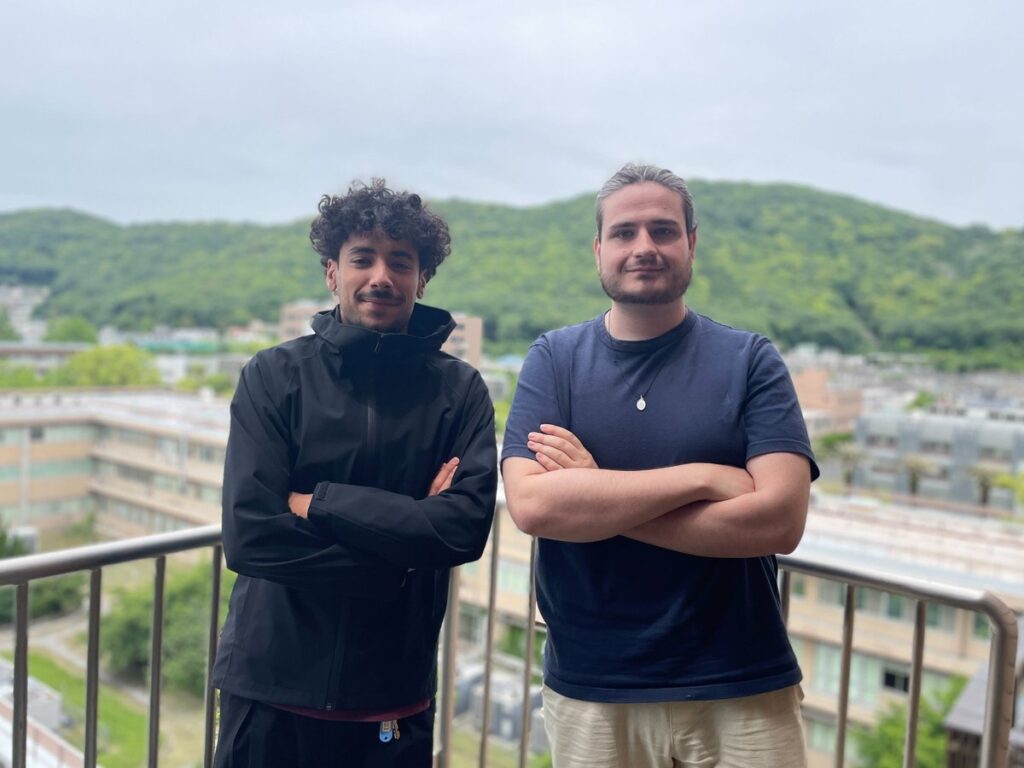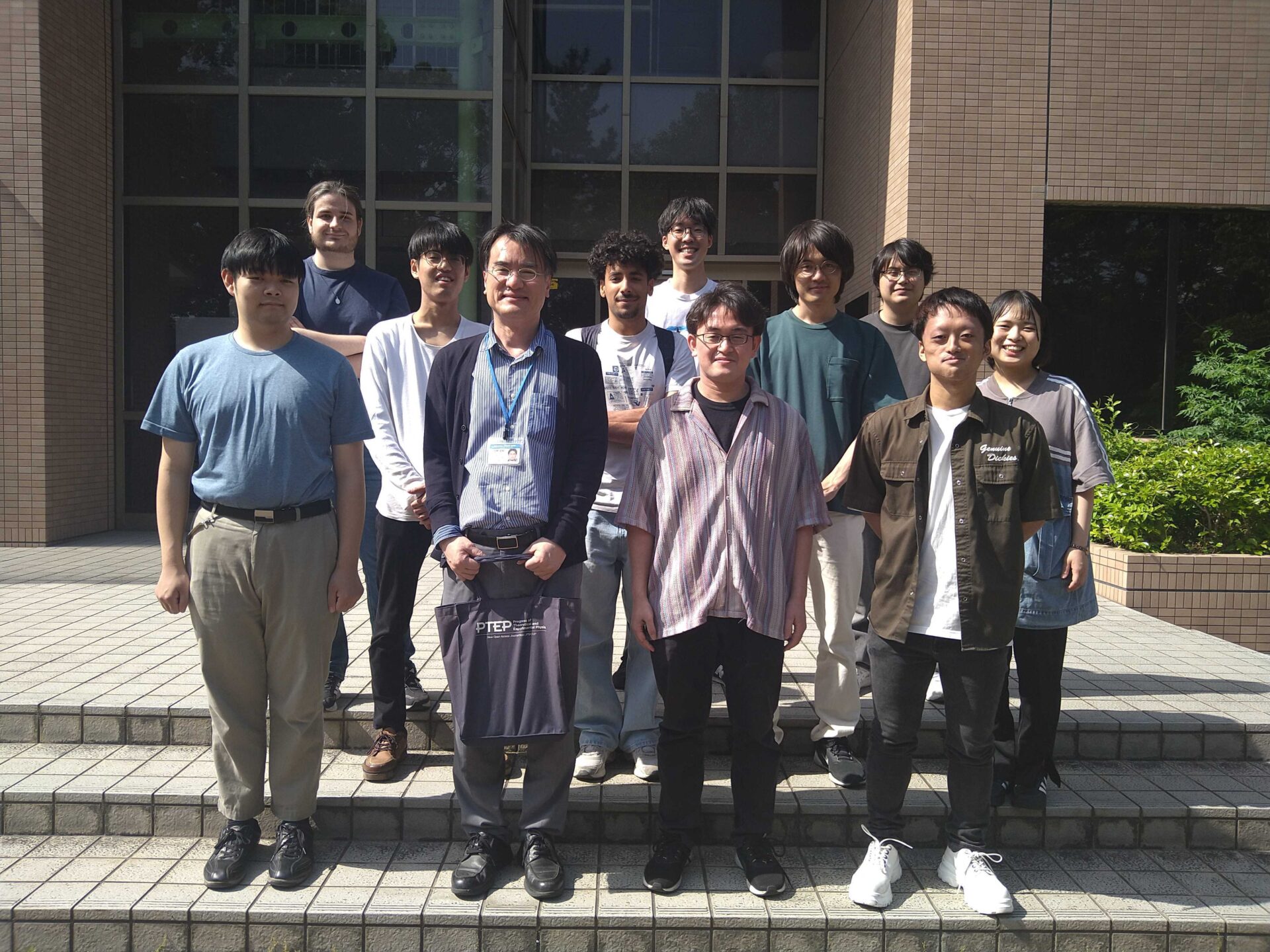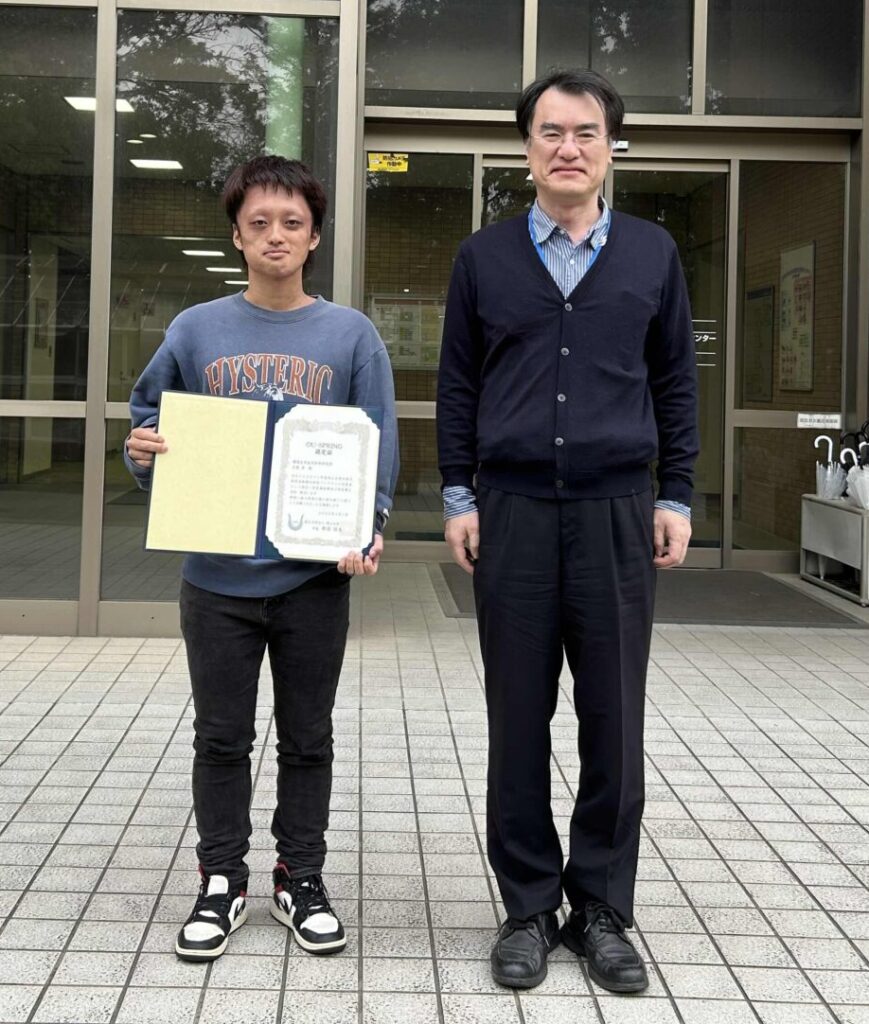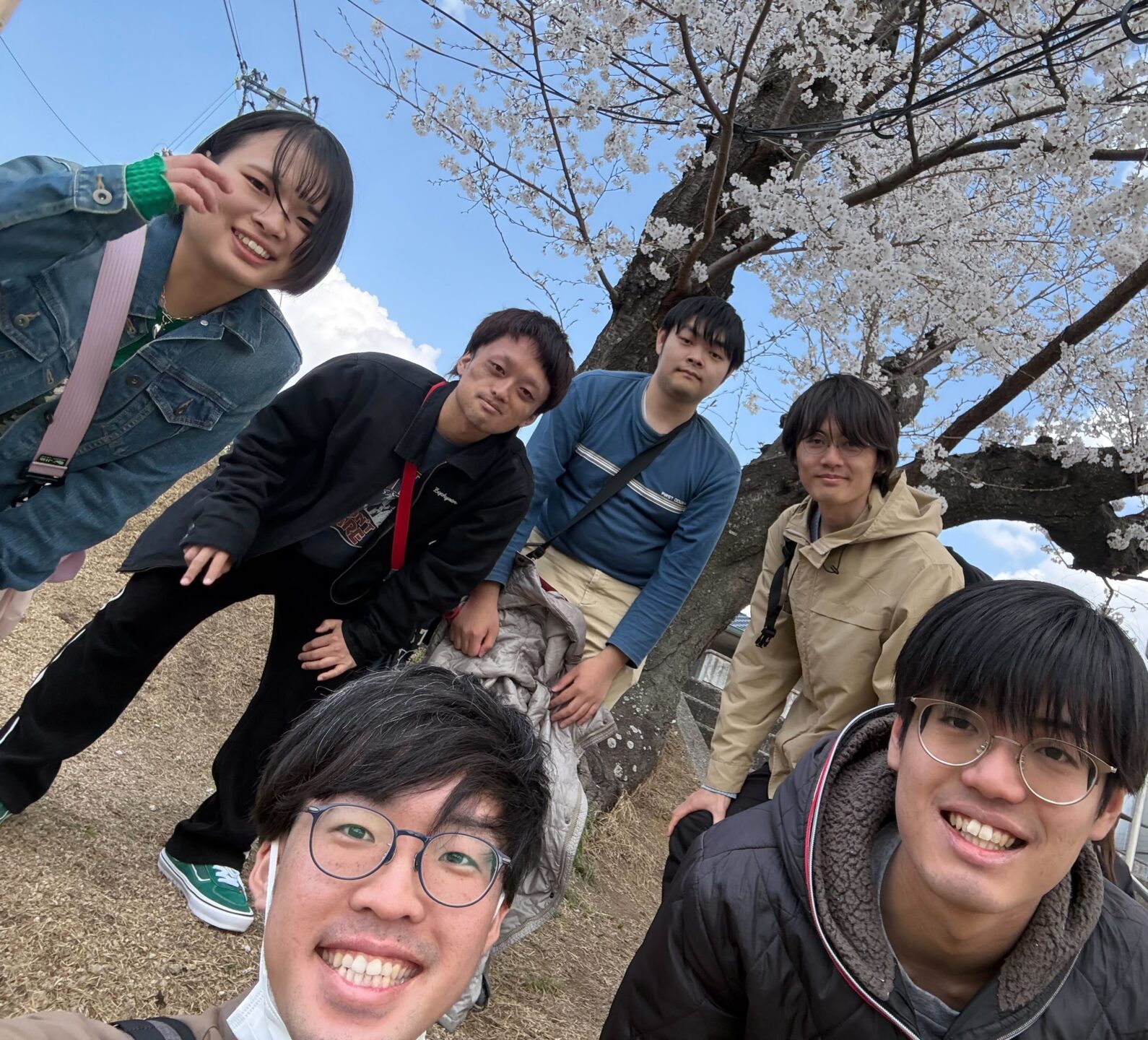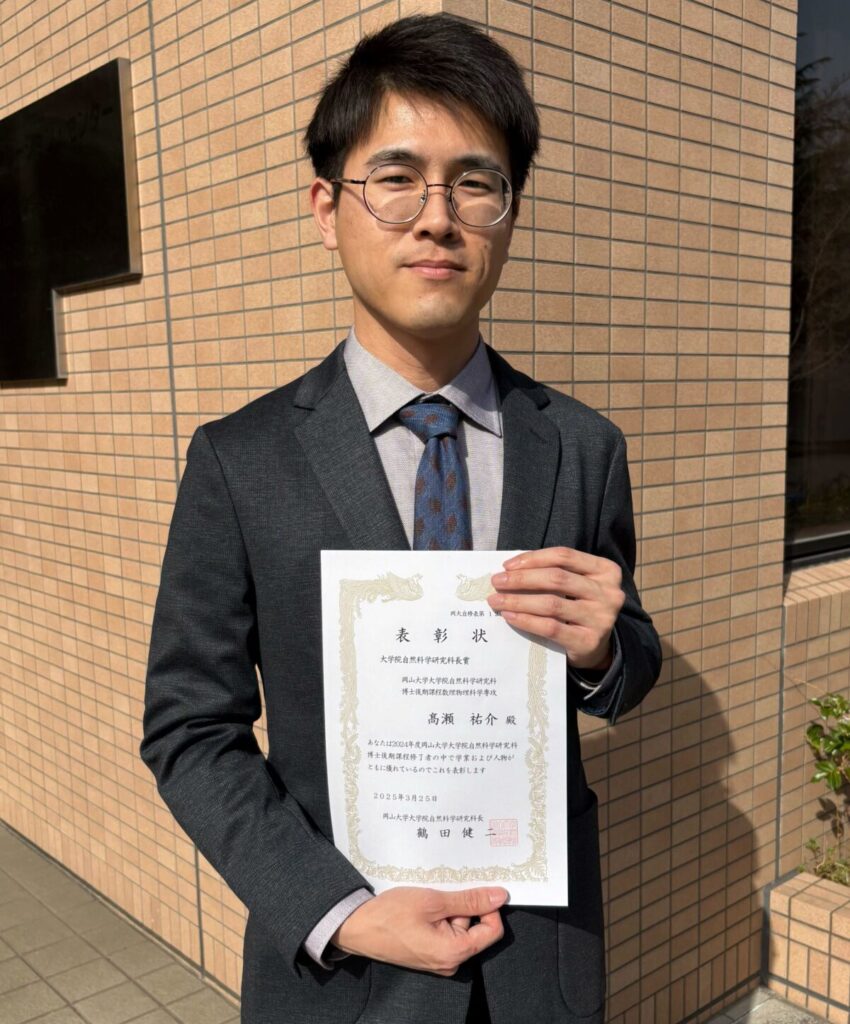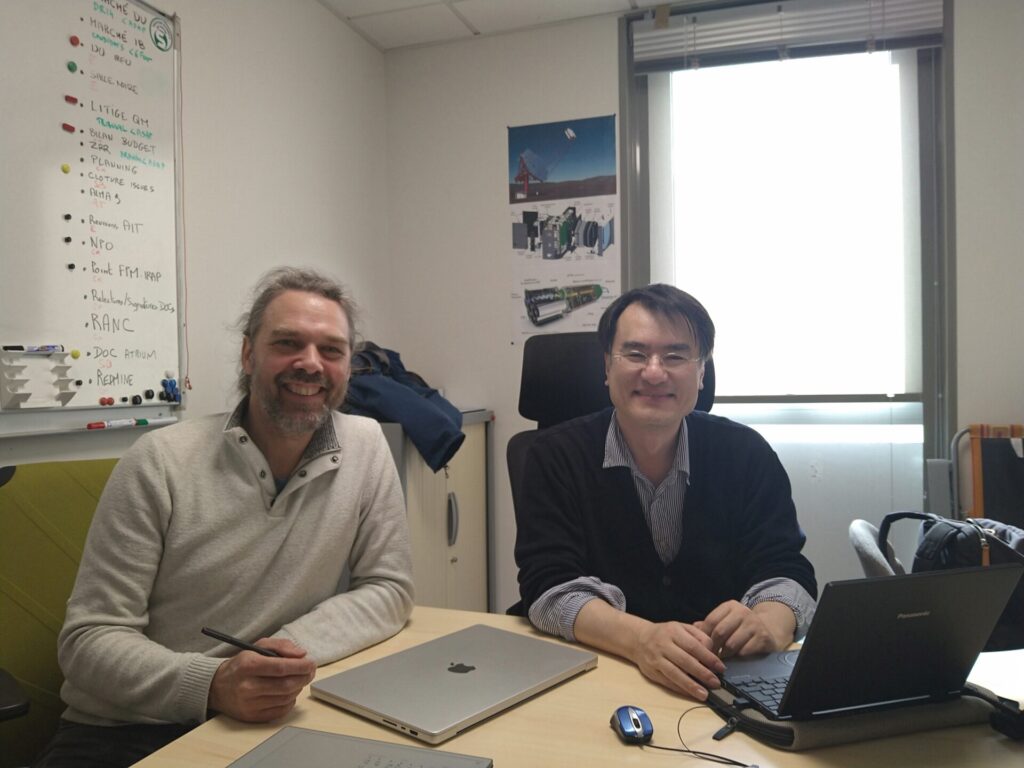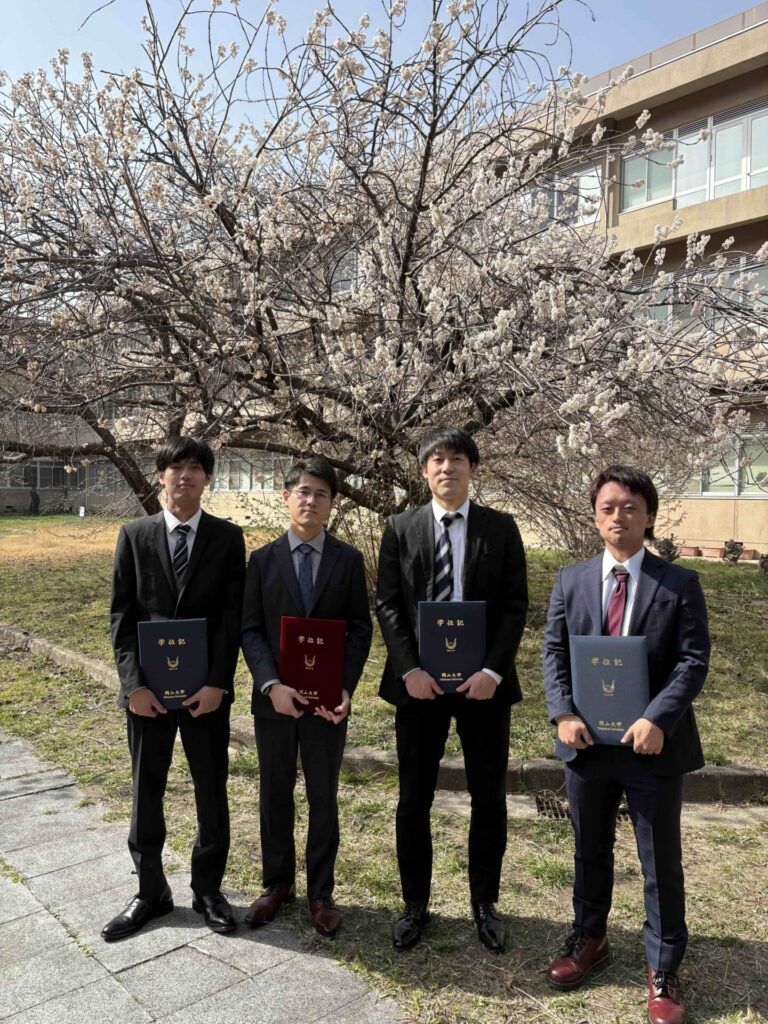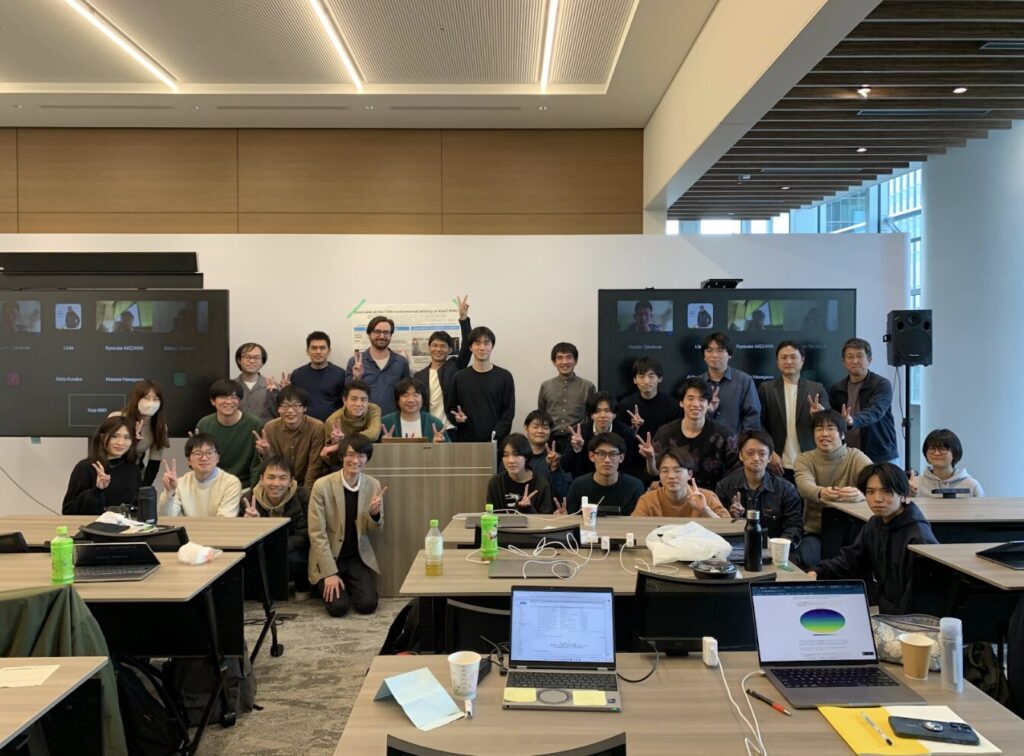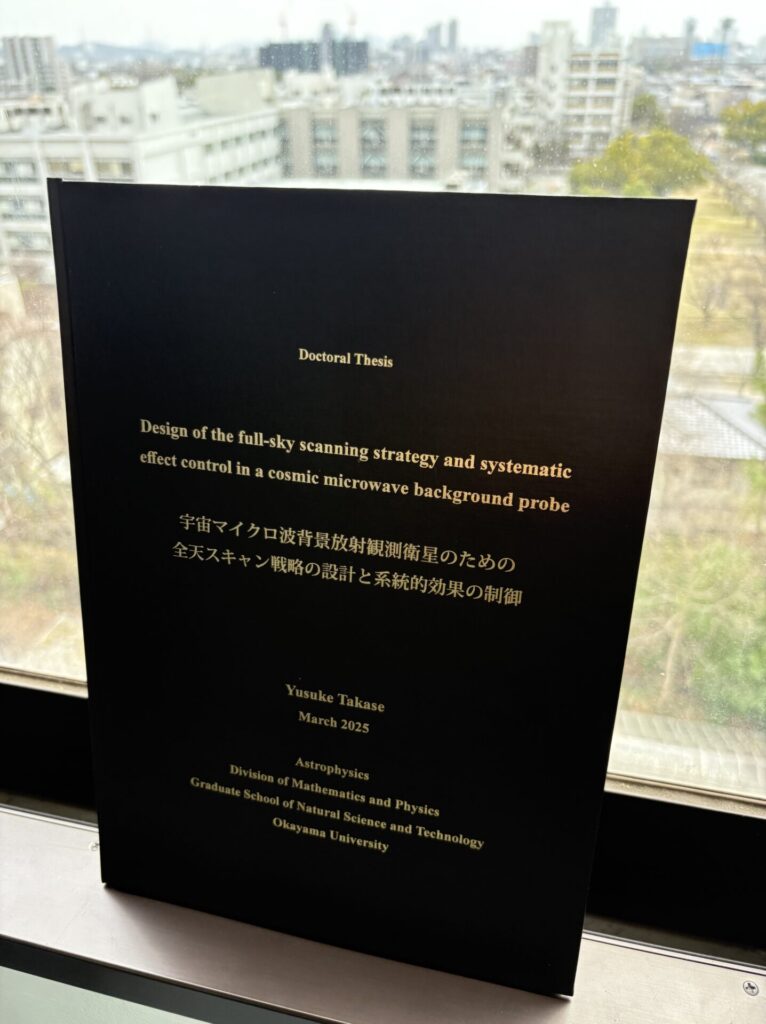From June 25 to 27, 2025, Kento (a first-year master’s student) and Assistant Professor Takaku visited the Matsumura Laboratory at the Kavli Institute for the Physics and Mathematics of the Universe, The University of Tokyo. During their stay they used a pulsed-laser machining system to prototype sapphire masks for MKID development, and exchanged ideas about their research with the laboratory’s students. The visit proved extremely rewarding, providing great inspiration for driving their future work forward.
(Kento explaining his research.)
